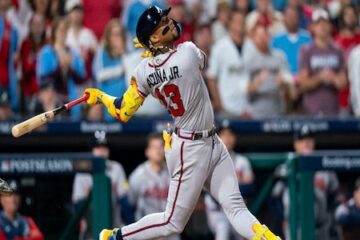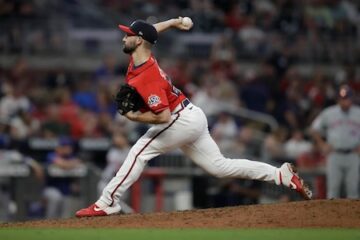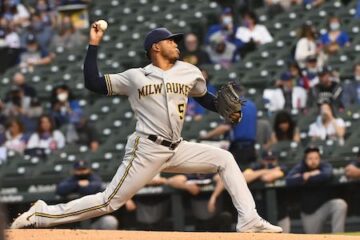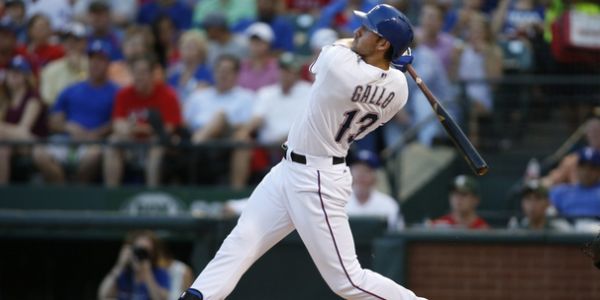2014 Fantasy Baseball: Why Draft Player A, When You Can Draft Player B?
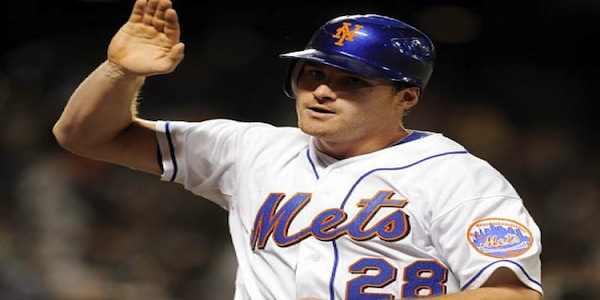
Fantasy baseball often ignites intense player debates. And when it comes to a particular player, people tend to have different feelings and beliefs. In many instances, personal bias is the reason no resolution will arise to settle the disagreements. This is completely fine. In fact, it’s great. If there weren’t individual thoughts and projection systems for each player, our fantasy games would be devastatingly boring. And so now here we are. Discussing Player A’s vs. Player B’s. But this article isn’t here to tell you which player to take over the other…Well, it is, but that isn’t its main point. The goal is to introduce a draft strategy or a mindset if you will. Some may know of it, some may not, and some may know it, but fail to put it into effect. So what are we trying to achieve?
It comes down to maximizing value. If and when you read my player rankings, keep in mind that it doesn’t dictate how I am going to draft. Certain players have more risk than others. Some have a higher floor, while others have a higher ceiling. And then you must also consider things such as batting order, park factors, playing time, age curves, and other data. Everything combined, along with our own personal projections, stamps a value on a player. It is this personal label of value that makes every draft so unique. Once we have these player values and rankings in place, it then comes down to the selection process.
In our “Deep Speed” discussion, Brett Gardner is compared to Jacoby Ellsbury. The comparison is a fair one, but don’t misunderstand it. Ellsbury is a better fantasy player than Gardner. He has a higher upside, a higher floor, and is in a better position to acquire more counting stats and be a factor in more fantasy categories. But in drafts, Ellsbury will be gone before the second round ends. Gardner will likely be around in the 14th, 15th, and maybe even 16th rounds. Players such as Joey Votto, Prince Fielder, Bryce Harper, Troy Tulowitzki, Edwin Encarnacion, and Yu Darvish are projected to be taken within the same vicinity as Ellsbury. Players with the similar ADPs to Brett Gardner are Austin Jackson, Jurickson Profar, Xander Bogaerts, Asdrubal Cabrera, Victor Martinez, and Jon Lester. It is quite candid to say that none of those players come close to the ones in the second round. But sometimes a player can give you similar production for a much cheaper cost, potentially making them a better value.
This is the essence of what we want to achieve. And this is where the Gardner/Ellsbury comparison comes into play. In this scenario, we end up with Joey Votto/Troy Tulowitzki and Brett Gardner versus Jacoby Ellsbury and Austin Jackson/Victor Martinez. I prefer the first package, as I believe that maximizes our value and draft potential. Perhaps you disagree, but like I said, fantasy baseball causes great debates.
We aren’t here to compare Giancarlo Stanton to Ben Revere or a shortstop to a first baseman. The idea is to find players who will provide similar production, whether that is through steals, home runs, or what have you. Let’s take a look at three other “Player A vs. Player B” situations.
Catcher:
Player A’s 2013 Stats: G: 121 – .292/.315/.486, 21 HR, 63 Runs, 79 RBI, 4 SB
Player B’s 2013 Stats: G: 78 – .272/.307/.470, 16 HR, 29 Runs, 59 RBI, 0 SB
Player A: Wilin Rosario (COL) – ADP 69
Player B: Wilson Ramos (WSH) – ADP 145
Rosario is going 69th of the board, and for a catcher who whiffs way too much, that is a bit rich for my blood. I like the power potential, and he has 30 homerun upside, but it comes with time missed (being a catcher and all) and batting average risk. That is a steep price to pay when you have other power catcher alternatives in the draft such as Wilson Ramos. Ramos blasted 16 dingers in 303 plate appearances last season and actually had a higher ISO (.199) than Rosario (.194). Of course, this isn’t to say Ramos is a safe bet. We can’t forget he underwent knee surgery in 2012 and missed a chunk of 2013 with hamstring issues. He also hit way too many groundballs last season, but perhaps he was still trying to get to full strength and the hammy caused only more problems. Finally healthy, he played most of the second half and increased his flyball percentage, so that is a promising sign. If he can manage to revert back to his 2011 flyball rate and stay off the disabled list, then Ramos should be ticketed for a 20+ homerun season. Taking the price and risks into consideration, as well as the available players at Rosario’s ADP, consider buying Wilson Ramos instead.
Alternative Options: Jason Castro (ADP: 157), Yan Gomes (ADP: 209)
First Base:
Player A’s 2013 Stats: G: 159 – .302/.353/.448, 17 HR, 86 Runs, 79 RBI, 11 SB
Player B’s 2013 Stats: G: 150 – .289/.360/.481, 17 HR, 76 Runs, 67 RBI, 5 SB
Player A: Eric Hosmer (K.C.) – ADP 50
Player B: Brandon Belt (S.F.) – ADP 138
Where do I begin? Should I first point out that Belt had the better offensive season, minus the counting stats? Or should I mention how Hosmer hasn’t changed all that much from 2012 and that owners buying into him at his current ADP are going to be massively disappointed? I guess I will start out by saying that Hosmer isn’t a bad player. He had a fine season. But he still hits way too many groundballs, and unless something out of the blue changes, or some stroke of luck occurs, he will hit 280-300 with 15-20 homers and about 10 steals in 2014. And at any moment the steals could quickly evaporate. Other alternatives at Hosmer’s ADP are Chris Sale, Starling Marte, Elvis Andrus, Ryan Zimmerman, David Price, and Adrian Gonzalez.
On the other side of the coin, we have Brandon Belt. If the Giants let him be and play every day verse righties and lefties, we could really have something here. If they treat him like the fine player that he is, even the counting stats will fall in line this time around. Unlike Hosmer, Belt hits plenty of flyballs. He has improved steadily the last three seasons, including cutting down his K%. He has enough power to exceed the 20 homer mark and it will be interesting to see if the 25-year-old puts it all together. Owners may be too focused on Belt’s disappointing 2012 season (and yet not Hosmer’s), but lucky for us, that keeps his cost nice and low.
Alternative Option: Kendrys Morales (ADP: 164)
Second Base:
Player A’s 2013 Stats: G: 159 – .318/.392/.481, 11 HR, 126 Runs, 78 RBI, 3 SB
Player B’s 2013 Stats: G: 150 – .286/.319/.415, 13 HR, 92 Runs, 78 RBI, 23 SB
Player A: Matt Carpenter (STL) – ADP 51
Player B: Daniel Murphy (NYM) – ADP 103
League type certainly matters in every case when determining a player’s value, since OBP and SLG categories help Matt Carpenter’s value, and simultaneously crushes Daniel Murphy’s. But in a standard 5×5 roto-league, not much separates these two.
Sure, Carpenter hit for a better BA and scored a whopping 126 runs, but where else did the second baseman really shine over Murphy in standard fantasy leagues? Over his career, Murphy has shown the ability to hit for a plus average and has displayed similar homerun power to Carpenter. And if you are banking on potential, Carpenter is entering his third full season, while Murphy has been a full time player since 2009, but both are only months apart in age (28). It’s unlikely that Carpenter is going to get much a surge in power. He has never shown it in his entire career. Maybe with some good luck, he smacks out 15 this 2014 season.
Most of Carpenter’s value was due to his batting average and runs scored. But considering his past performance (including the minors) and the noted difficultly to repeat as the league leader in runs (17 more than Mike Trout), it is going to be hard for Carpenter to live up to his ADP. Oh, and the St. Louis Cardinals had the best batting average (.330) with runners in scoring position in the last 40 years or so. Odds are that number is coming down, along with Carpenter’s runs total.
Alternative Option: Aaron Hill (ADP: 109)
Every year there seems to be a few players being undervalued or overvalued, or draft alternatives that just make more sense. Comparing players, creating a plan, and finding that surplus value, will help maximize your draft and team’s potential.


